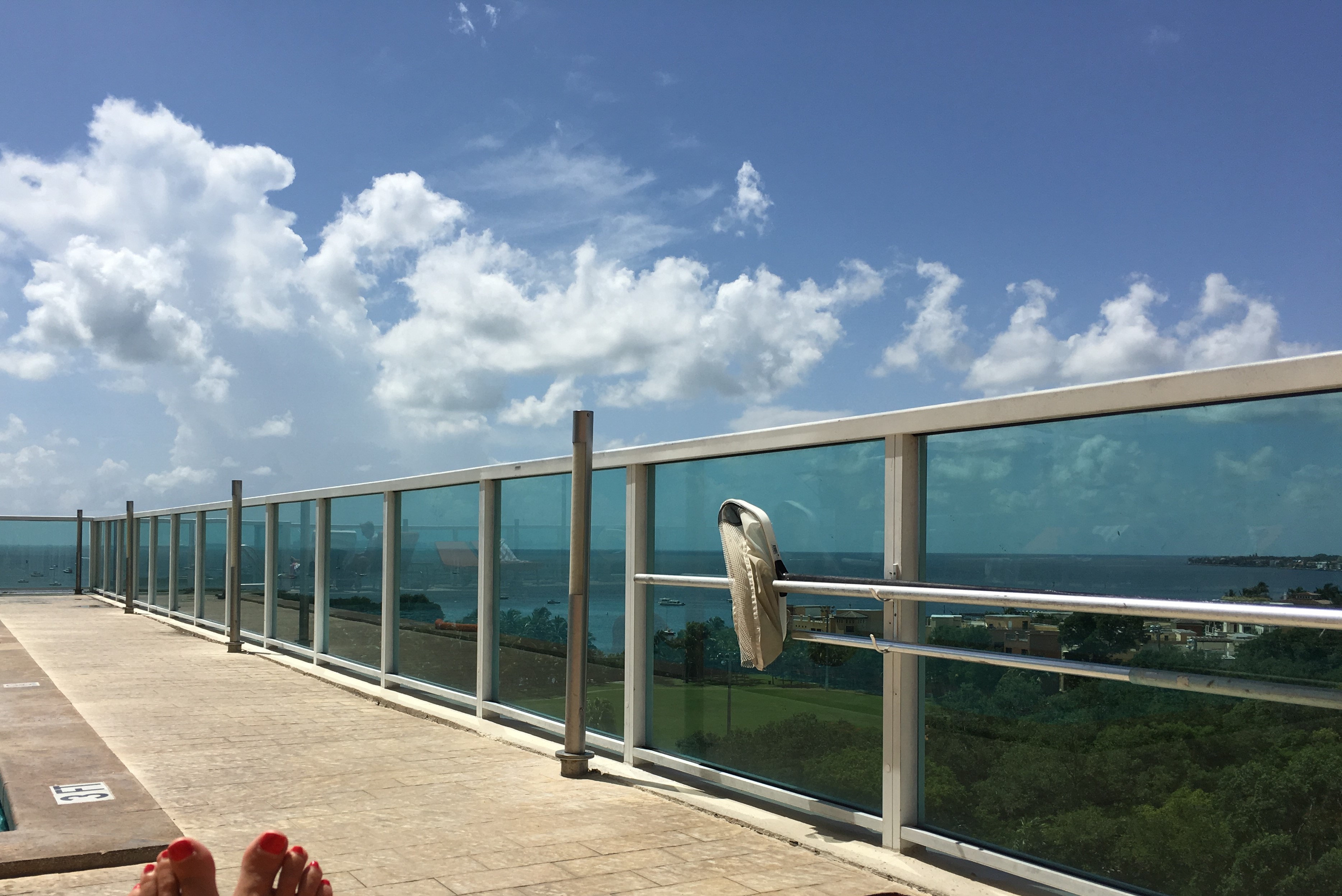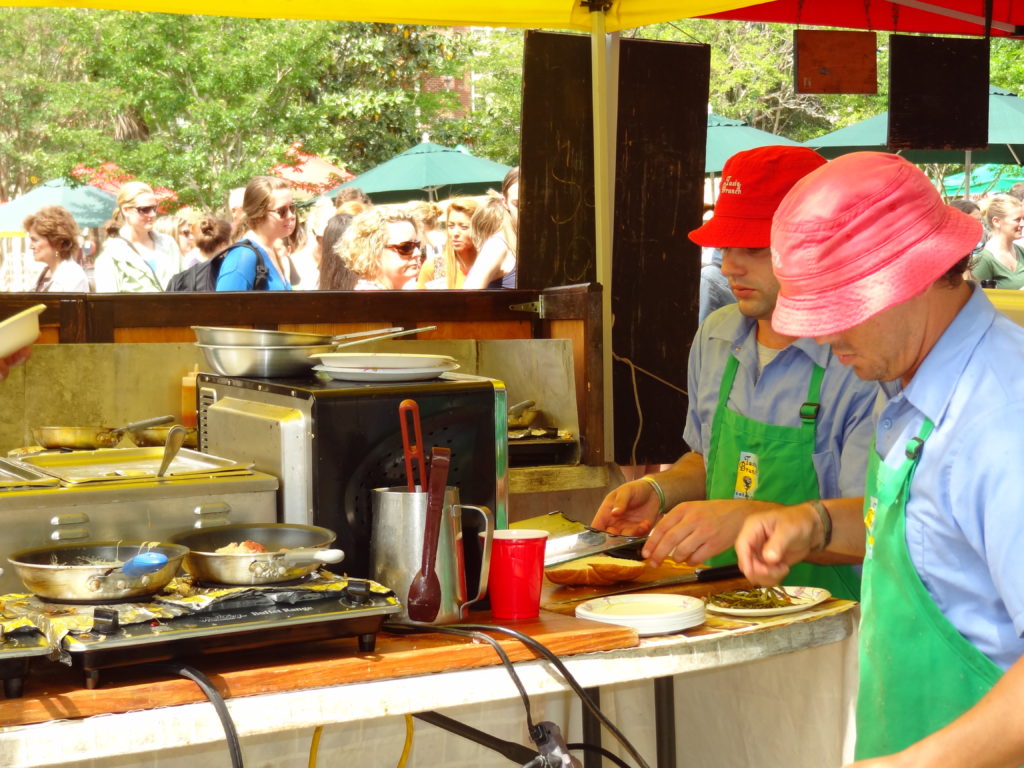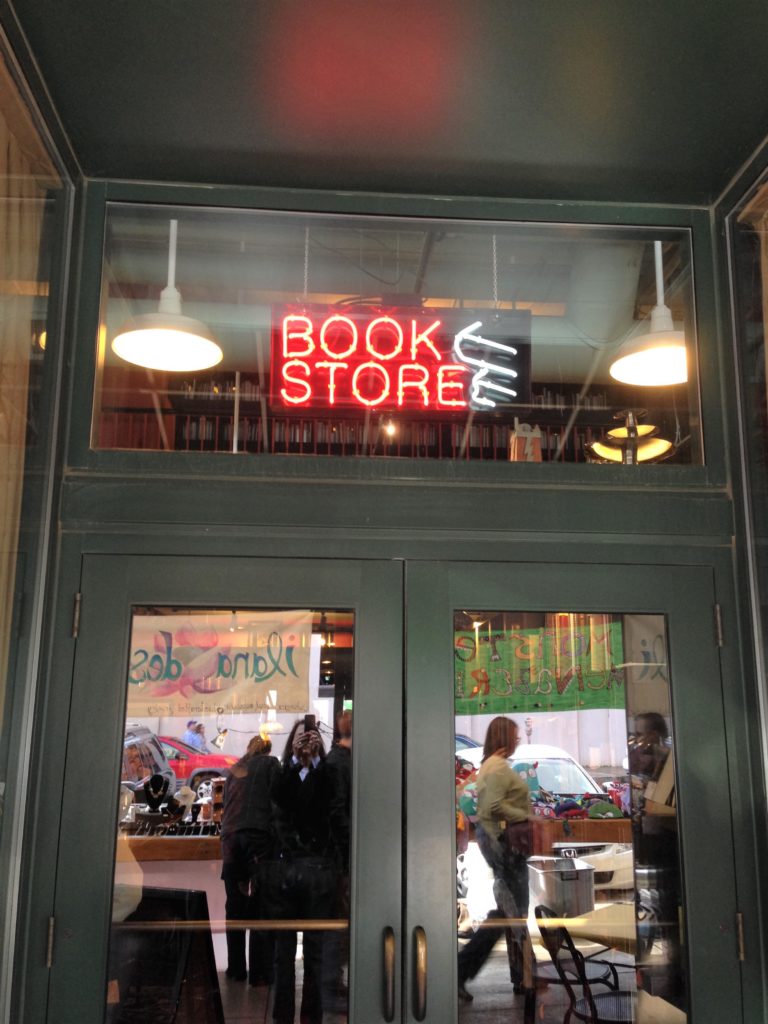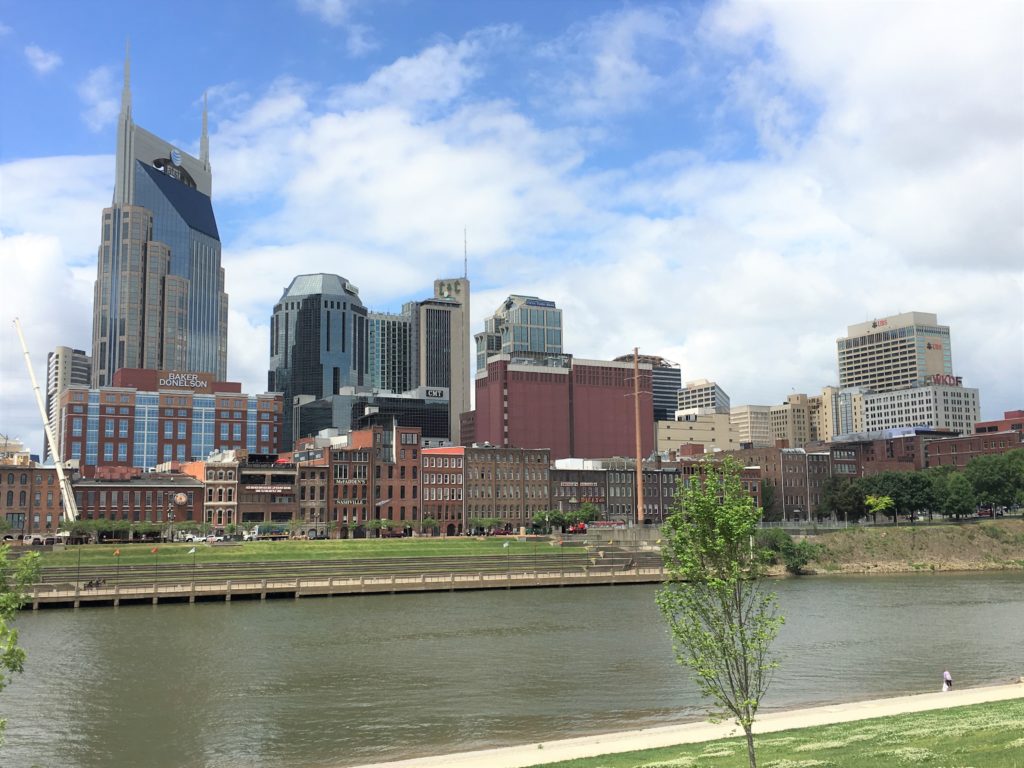There is nothing like a Miami morning in Coconut Grove when the seasons are in transition.
As June unfolds, the heat and humidity from a gentle winter accumulate into hot and humid days sweetened by afternoon T-storms and dense evening air. In the fall, the cycle reverses and summer’s heat and humidity change into mild days of winter. A light sweater or pashmina in the evenings protects from the tropical trade winds that whip through crackling palm fronds.
In all seasons, Biscayne Bay is, at turns, inky blue, teal, turquoise, and aquamarine, depending on the light and the water’s depth. The seasons constantly recast Miami with familiar combinations of air, light, water, and sounds.
The other constant, completely human-made, is South Florida’s continuous reinvention. Every time I return, I am repatriated by the magic of Miami though never sure what to predict. Since the late 1800s, the onetime river of sawgrass bounded by sandy beaches has been reimagined by successive waves of settlers imprinting their dreams on South Florida – railroads and streetcars, fanciful Art Deco residences and hotels, risk-taking Haitian and Cuba boat people, stylish Europeans and South Americans, world-renowned art and culture and today, ambitious billionaires from the Middle East, Russia and Asia who populate downtown skyscrapers and seaside condo canyons.
And so, before I return each time, I selectively plan the Miami experience that will await me. Someone once called Miami “the end of complication,” which I totally get. As a business womantraveler, I like to kick back between meetings, avoiding the difficult traffic and parking found in downtown, Coral Gables, South Beach and other popular neighborhoods, depending on the time of year or time of day. The good news is there is lots of diversification within the South Florida area so you can tailor your visit.
To make it easier on your nerves, use a knowledgeable taxi, Uber or personal driver, rather than renting a car (unless you’re venturing south to the Florida Keys or west to the Everglades). I’ve also found short-term apartment rentals (3-4 days) are quite available through VRBO or a local firm; they vastly expand your options, especially in high-rise apartments with views of the water and in well-situated hotels where they manage a block of units.
Coconut Grove
Over the past year, I discovered that Coconut Grove – hip and cool 30 years ago, then declasse and “tired” until recently – has been remaking itself in the classic “boom-bust-and-boom” Miami style. After all, it was Miami’s first neighborhood in 1837, and its funky, artsy personality remains as glass-wrapped high rises line up along South Bayshore Drive.
I enjoyed the elegant Ritz-Carlton Coconut Grove (3300 Southwest 27th Ave., 305.644.4680) more before new high rise construction hemmed in some of the views, yet the service is impeccable and the dining and cocktail scene is classy.
So I’ve opted for the Sonesta Coconut Grove Hotel(2889 McFarlane Road, 305.529.2828) around the corner for a great experience on a more reasonable budget and scale.
It turns out that the rooms and suites in the Sonesta are privately owned, and through VRBO found a two-bedroom, upscale designer-furnished corner unit with wrap-around porches. The sweeping 180-degree views off the master bedroom and living room swept from Biscayne Bay to the east around across South Miami and Coral Gables to Miami International Airport on the far horizon line. Conveniently, the Grove is also a straight shot from the airport on SW 27th Avenue, typically about 20 minutes.
The Grove’s Bayshore Drive still allows rare bay access along paths and parks threading through Dinner Key and other marinas, outdoor dining and for cooking or takeout, a bayside version of the high-end grocery chain, Fresh Market (2640 S Bayshore Drive). I watch a phalanx of sails out my floor-to-ceiling windows, then put on my sunscreen and hat for a casual walk along the shoreline through Peacock Park (where a free outdoor yoga class is underway), past the outdoor gym equipment (Miami’s version of Venice’s “Muscle Beach”), threading along grassy coves with picnic tables and long docks, where solo Sunfish, jet ski vendors and lavish yachts mix in the sun-sparkled water. It’s a non-competitive scene, where a fit and bronzed older gentleman pedals rapidly on an iron stationery bike as a pair of chatty Millennials jog with iPods along the Bayshore path. Someone once said that Miami is “the end of complication,” and you certainly feel it there.
In the Grove’s 10-block Business District, there are numerous small cafes and restaurants amid the sun and surf shops. Mayfair, a high-end fashion mall drawing European and South American tourists in the ’80s, is now a muted configuration of fitness studios, bikini and surf shops, and tech offices.
For me, its highlight is The Bookstore in the Grove, a lively independent book store where I start with breakfast and could stay all day (3390 Mary Street, 305-443-2855).
Best Grove restaurants: Masa Taqueria (3036 Grand Ave., 305-569-6363) for delicious fresh tacos and salsas; Jaguar Ceviche Spoon Bar and LatAm Grill (3067 Grand Ave., 305.444.0216), Peruvian-influenced Latin American specialties;
Peacock Garden Cafe (2889 McFarlane Road, 305.774.3332), fresh seafood and continental cuisine and especially lovely outdoors in the palm-shaded garden; there’s always the standard outdoor seafood restaurant and raw bar, Monty’s (2550 S. Bayshore Drive, 305.856.3992), known as Monty Trainer’s back in the day and featuring live music; and the newer Glass & Vine 2820 McFarlane Road, 305.200.5268 and its James Beard-nominated chef Giorgio Rapicavoli, receive great reviews.
Giorgi was featured recently in Afar Magazine and talks enthusiastically about the Grove as “old-school Miami” with pedestrian-friendly streets where young families are moving back in, and his seven favorite places for food and leisure.
Coral Gables
Since this is primarily a business district, it’s filled with restaurants – and a couple worth mentioning: Bulla Gastrobar, high-energy casual dining, with inventive and traditional Spanish tapas, house specialties and an impressive list of wines; and La Palma (116 Alhambra Circle, 305.445.8777), old school, white table cloth Italian, excellent quality and service on several occasions.
Miami’s Design District
North of downtown Miami, the Design District has recently transformed a declining neighborhood and uplifted nearby Little Haiti. It’s a work in progress and another fresh breath of imagination along NE Second Avenue. Fendi, Seiko, Longchamp, the Institute of Contemporary Art and the Design and Architecture High School all seem comfortably ensconced here, and the easy street parking – nearly unheard of in overcrowded Miami – is an invitation in itself.
I frequently stop in at Michael’s Genuine Food & Drink (130 NE 40th Street, 305.573.5550) for lunch or dinner. The modern industrial decor inside is animated with a vibrant vibe in the evenings with locals and visitors, given its primo reputation for fresh seasonal cuisine by James Beard Award-winning Chef Michael Schwartz and its convenient location (including to the airport). For locals, it’s a cozy gathering place. One late afternoon, a glass of wine, appetizer and salad were just what I wanted. A “melange” of interesting flavors, starting with locally indigenous stone crab claw (with green sambal and mustard sauces), followed by a fennel and celery root salad with mint, arugula, almonds and pecorino. By the way, Schwartz’ group also includes Harry’s Pizzeria, which brought wood-fired Neapolitan pizzas to town and also got good buzz in Afar Magazine this spring.
Miami Beach’s “South Beach”
Sadly the ‘80s dream of reviving the Miami Beach Art Deco District, which I once chronicled in Smithsonian Magazine, seems to have failed – the Art Deco revival’s tireless visionary Barbara Capitman would be massively disappointed. South Beach’s once-inspired restoration of Art Deco hotels along Ocean Drive has been lost to the short-sighted whims of subsequent developers with no vision and not even much respect for preservation.
Tourists from everywhere else still seem to flock there, apparently unfazed by the lack of imagination and willingness to tear down and replace Deco structures with steel and glass boxes. The New York Times captured the gridlock and cheesy mayhem from frustrated local residents’ perspective.
In fact, locals, who once found the Ocean Drive porches and jazz evenings a relaxing outpost, have given up on it. They stick to Miami Beach’s cultural district shaped by the renowned Miami City Ballet, New World Symphony and Miami Beach Art Museum. I am reminded of Myrtle Beach after its heyday of the ’60s, jammed with tourists but no identity.
The one gem that is worth a drive across the causeway from Miami is the venerable Puerto Sagua, an original among Cuban restaurants with murals of old Havana and the best-ever pollo asado, black beans and rice and sweet plaintains.




